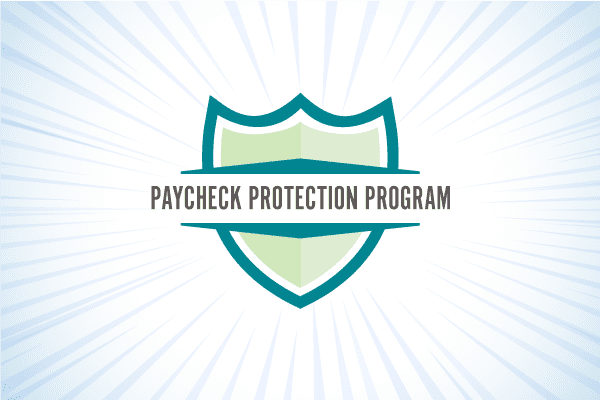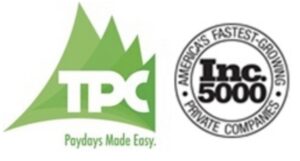The Consolidated Appropriations Act, 2021 was signed into law Sunday December 27, 2020. The bill provides more than $284 billion to the US Small Business Administration (SBA) https://www.sba.gov/ for first and second Paycheck Protection Program (PPP) forgivable small business loans and allocates $20 billion to provide Economic Injury Disaster Loan (EIDL) grants to businesses in low-income communities.

Next Round of Paycheck Protection Program (PPP) loans:
Paycheck Protection Program (PPP) loans contain many similarities to the first round but also have several important differences.
The next round of PPP loans will be available to first-time qualified borrowers and for businesses that previously received a PPP loan.
Previous recipients may apply for another loan of up to $2 million provided they:
- Have 300 or fewer employees
- Have used or will use the full amount of their first PPP loan
- Can show a 25% gross revenue decline in any 2020 quarter compared to the same quarter in 2019.
PPP first time borrowers are permitted from the following groups:
- Businesses with 500 or fewer employees that are eligible for other SBA 7(a) loans.
- Sole proprietors, independent contractors and eligible self-employed individuals.
- Not-for-profits, including churches
- Accommodation and food service operations (those with North American Industry Classification System (NAICS) codes starting with 72) with fewer than 300 employees per physical location.
The bill allows borrowers that return all or part of a previous PPP loan to reapply for the maximum amount available to them.
As with first round PPP loans, the cost eligible for loan forgiveness in this round of the PPP includes payroll, rent, covered mortgage interest and utilities. The program makes the following potentially forgivable:
- Covered worker protection and facility modification expenditures, including personal protective equipment (PPE) to comply with Covid-19 federal health and safety guidelines.
- Expenditures to suppliers that are essential at the time of purchase to the recipient’s current operations.
- Covered operating costs such as software and cloud computing services and accounting needs.
To be eligible for full loan forgiveness, PPP borrowers will have to spend no less than 60% of the funds on payroll over the covered period of either eight or 24 weeks – the same parameters the original PPP had when it stopped accepting applications in August.
PPP borrowers may receive a loan amount of up to 2.5 times their average monthly payroll costs in the year prior to the loan or the calendar year, the same as with the first round of PPP, but the maximum loan amount has been cut from $10 million in the first round to the previously mentioned $2 million maximum. PPP borrowers with NAICS codes starting with 72 (hotels & restaurants) can get up to 3.5 times their average monthly payroll costs, again subject to a $2 million maximum.
McCoy Accounting Advisors is here to help you navigate through the process. Keep in mind that we offer professional payroll services. It has been determined companies utilizing a professional payroll service are having an easier time with the forgiveness process. Contact us today to schedule a complimentary consultation.
Our preferred payroll partner is The Payroll Company:



